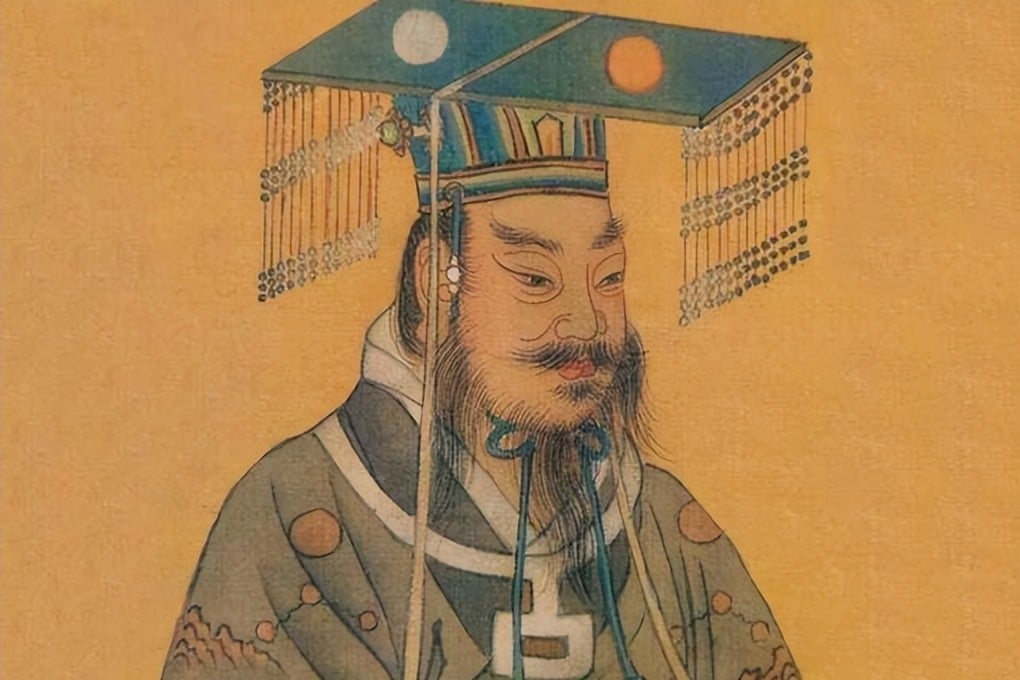Why the year AD1 was also a new era for ancient China
The history of Wang Mang, a Han dynasty minister and imperial cousin who later founded his own short-lived dynasty, resonates across time

In the ancient Chinese calendar, the year corresponding to AD1 is called yuan shi yuan nian, or the “first year of a primordial beginning”.
The official reign name, which symbolises a new start, was coined by Wang Mang, then a minister and “consort kin” of the Han dynasty (206BC-AD220), a title referring to his being a cousin of the 12th emperor.
It would be some five centuries before the Latin concept of “Anno Domini”, or AD itself was born.
This is why some Chinese history enthusiasts call Wang a “time traveller”.
The counting system for “Anno Domini” or “in the year of the Lord” starts from the presumed birth date of Jesus Christ. While developed by the eastern Roman or Byzantine scholar Dionysius Exiguus in AD525, its use was only popularised in the Latin West by the English historian Bede a century or so later.
Over the centuries it came to be adopted as a standard counting system in Christian Europe. In 1582, Pope Gregory XIII used an estimated birth date for Jesus Christ to introduce the Gregorian calendar to replace the Julian version. This corrected the inaccuracies of the Julian calendar with the introduction of leap years, unknown until then to Europeans. By the 20th century, AD had become widely used around the world.